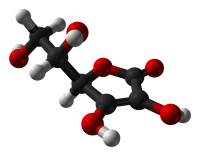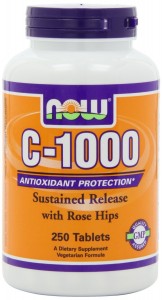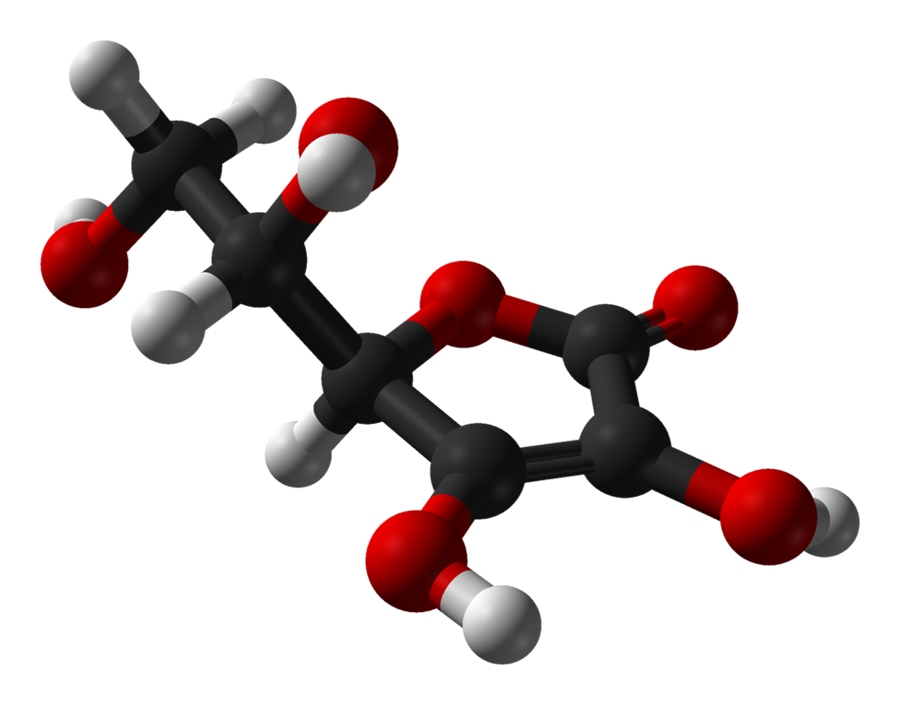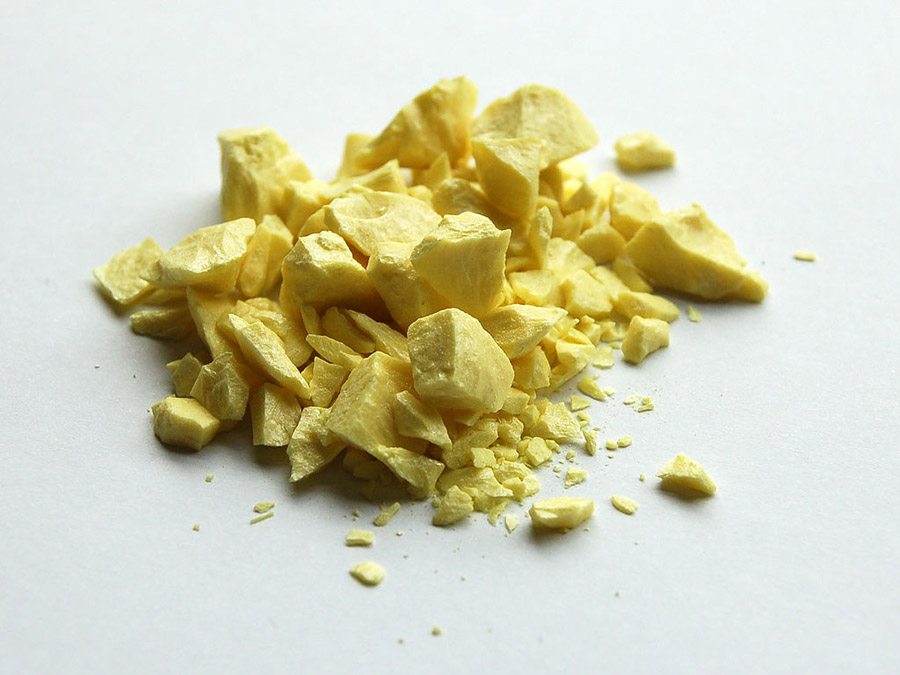5 things to ask yourself about Vitamin C
 You have doubtlessly heard of vitamin C, but what do you really know about it? Here is a little quiz to test your knowledge.
You have doubtlessly heard of vitamin C, but what do you really know about it? Here is a little quiz to test your knowledge.
What is a symptom of Vitamin C deficiency?
If you said scurvy then you are talking about a list of symptoms that includes swollen and bleeding gums, loose teeth, easy bruising, slow wound healing and eventually if untreated, death. Scurvy was a malady that afflicted those who sailed for long distances without fresh food or supplies. We have references to the symptoms of scurvy in medieval records of the European Crusades. In was the major affliction causing disability and death to sailors in the late 1500’s. Today, scurvy is unlikely, however even if a deficiency is not enough to cause the symptoms of scurvy, chronic long term low blood levels of vitamin C have been implicated in cardiovascular disease, ischemic heart disease and increased risk of cancer.
What year did we discover Vitamin C?
Although we have known about some of the symptoms of Vitamin C deficiency since the 1500s and knew that fresh foods could combat scurvy since the mid 1700s, the vitamin itself was not discovered until 1928. The actual agent, ascorbic acid was not synthesized until 1933. Albert Szent-Gyorgyi won the Nobel Prize in 1937 for his seminal work on isolating and synthesizing this vitamin but there were many who also contributed to our early knowledge of ascorbic acid.
What does Vitamin C do for us?
As an antioxidant, vitamin C is a nutrient that chemically neutralizes free radicals, substances that have tissue damaging effects. This makes vitamin C vital to proper growth of bones, teeth, gums, ligaments and blood vessels. We are able to efficiently use carbohydrates, fats, and protein due to this vitamins role in our health. We also need this vitamin for the formation of collagen, the precursor to protein in our body, and thus vitamin C is essential to the proper function of all of our body tissues.
How much Vitamin C do we need each day?
Currently the RDA for vitamin C is set at between 90mg to 2000mg per day. There is however quite a bit of scientific debate as to the amount necessary for optimal health. Many species of animals related to humans and sharing in our inability to synthesize vitamin C consume between 20 to 80 times the current RDA. The amount needed to prevent scurvy, about 45mg per day, is known, but the precise amount that benefits our health the most is unknown. Some theorize that each person has a personal vitamin C threshold that is only reached when they begin to exhibit an overload symptom of diarrhea. This overload occurs because of the water retaining effect of unabsorbed vitamin C in our intestinal tract.

How do we get Vitamin C?
Many foods contain vitamin C including fresh fruits and vegetables and even meats like liver. Some foods have greater amounts such as acerola cherries, chili peppers, guava and parsley. All of these offer over 100 mg of C per 100 grams (about 3.5 ounces) with acerola offering over 1500 mg per 100 gram serving. An orange, which most people associate with vitamin C, typically offers about 50 mg per 100 gram serving. Spinach offers about 30 mg and potato about 20 mg per 100 gram serving.
Cooking can reduce vitamin C content in foods by as much as 60%. Loss is also notable with foods stored for long times, however cut fruit stored in a refrigerator will maintain vitamin C content for a couple of days with little loss.
Vitamin C supplements are easily available and can significantly improve diets that are low in natural forms of this vitamin. Supplements are typically available as tablets, capsules, or powders. Some contain just vitamin C but others combine bioflavonoids or other vitamin blends. They come in buffered versions, time released versions and range in dosages from 25mg to 5000mg.
There are probably more versions of vitamin C supplements than any other supplement offered. Almost every store seems to have their own ‘house brand’. Most vitamin C is synthesized from glucose in an industrial process using fermentation. The biggest producers are companies in Germany, Japan, the Netherlands and China. Is there any difference between brands? Well, the short answer is yes, but mostly in the binders, fillers, additional ingredients and form.
 Tablet forms of vitamin C tend to vary based on whether they are buffered (addition of calcium to reduce the acidity), time released (coated to resist digestion and delay absorption over time) or mixed with other agents such as bioflavonoids like rutin, hesperin, and quercetin. They also differ in dosage amounts and the binders and fillers that hold the tablet together. My suggestion to those seeking a quality vitamin C tablet is to choose a known brand such as NOW foods which is typically a lower cost but high quality vitamin or seek out house brands such as Vitamin Shoppe or Whole Foods. These will offer lower prices but have the added security of quality checks that might be missing from other sources. Another thing to notice about your vitamin C tablet is color (tan or white is best) and hardness. Bright colors means you are ingesting colored dyes and who needs that. Hard tablets will likely have difficulty breaking down in digestion. If you place a tablet in water, the longer it takes to dissolve, the greater chance it will be less absorbable in your intestines. Also, choose a dosage that will meet your goals, but offer realistic amounts. It is very unlikely we can absorb a large amount of vitamin in one dose, so tablets greater than 1000 mg would be of less value. The suggestions about tablets would also apply to capsules, however capsules will likely break down easier in digestion.
Tablet forms of vitamin C tend to vary based on whether they are buffered (addition of calcium to reduce the acidity), time released (coated to resist digestion and delay absorption over time) or mixed with other agents such as bioflavonoids like rutin, hesperin, and quercetin. They also differ in dosage amounts and the binders and fillers that hold the tablet together. My suggestion to those seeking a quality vitamin C tablet is to choose a known brand such as NOW foods which is typically a lower cost but high quality vitamin or seek out house brands such as Vitamin Shoppe or Whole Foods. These will offer lower prices but have the added security of quality checks that might be missing from other sources. Another thing to notice about your vitamin C tablet is color (tan or white is best) and hardness. Bright colors means you are ingesting colored dyes and who needs that. Hard tablets will likely have difficulty breaking down in digestion. If you place a tablet in water, the longer it takes to dissolve, the greater chance it will be less absorbable in your intestines. Also, choose a dosage that will meet your goals, but offer realistic amounts. It is very unlikely we can absorb a large amount of vitamin in one dose, so tablets greater than 1000 mg would be of less value. The suggestions about tablets would also apply to capsules, however capsules will likely break down easier in digestion.
Powdered forms of vitamin C offer a way to insure greater absorption but may also increase reactions to acidity. If using a powdered form it is best to find a buffered version. EmergenC brand offers a delightful buffered vitamin C powder that makes a fizzy drink. It combines 1000mg vitamin C with trace amounts of minerals making it a great electrolyte drink. Watch out though if you consume too many because it gets its great taste by adding about 4 grams of fructose per packet. This is not a problem for most, but if you want to take in several thousand milligrams per day it is better to use a buffered from that does not add fructose.
Of course the biggest question people tend to ask if whether they need to use a supplement of any kind or if just eating foods will meet their vitamin C needs. There are two ways to look at this. If we are wanting to avoid scurvy and we eat fresh fruits and vegetables then we probably will be fine without a supplement. However, if we believe that there is something to be gained from vitamin C that will help us attain optimal health then we need to bring in more of this nutrient.
Dietary choices that focus on foods that offer the greatest amount of vitamin C for the least amount of calories could probably meet our optimal health goals without causing problems of over-ingestion of fructose. However, if we need to restrict our diet from either calories, sugar or other reasons, we may need a supplement to make up the difference. If you tend to eat more fast foods, if you are eating low carb, if you just don’t like to eat vegetables and rarely even look at fruit then definitely you need to supplement your diet. Your heart, your teeth and gums and your health will thank you.






